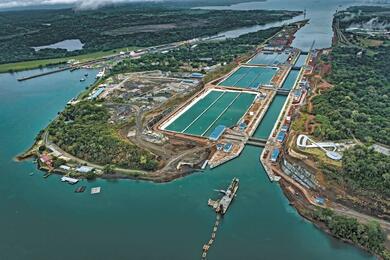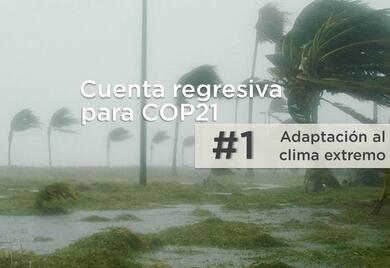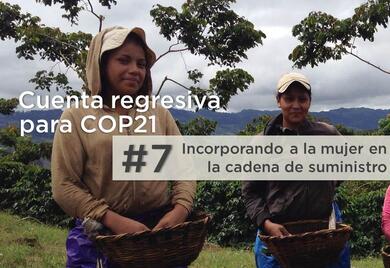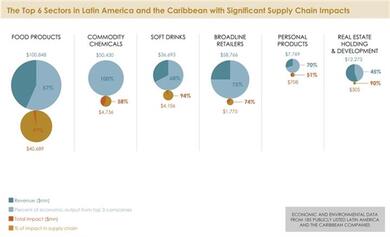
Five lessons from the expansion of the Panama Canal
By Rachel Robboy Many aspects of the Panama Canal expansion make it stand out. The 7-year project to add a third lane to accommodate giant ships with triple the cargo capacity is the largest infrastructure project in Latin America and the Caribbean, costing over $5 billion. It brings in 22 percent of Panama’s national gross domestic product, allowing the country to grow at 6 percent in a year when the rest of the region is slowing down.

How airports are making traveling more sustainable
By Christian Mirabella In 2015, almost 39 million people traveled through São Paulo-Guarulhos International Airport. Located in Brazil’s southeast, Guarulhos is not only the largest hub in the country, but in the entire region. The amount of passengers transiting here follows an important global trend: air travel is continuing its dizzying rise. Only five years earlier, Guarulhos had recorded a mere 27 million passengers.

Ports vulnerable to climate change but not to inaction
By Joana Pascual On October 23rd 2015, Hurricane Patricia became the most powerful tropical cyclone ever measured in the Western Hemisphere. Maximum winds reached an unprecedented 200 miles per hour. Early that morning, this Category 5 hurricane was heading towards the Port of Manzanillo in Colima, Mexico. Luckily, the hurricane degraded quickly, and the port experienced no major damage.

Agribusiness supply chains and climate change: why women matter
By Jimena Serrano and Michaela Seelig Women play a key role in agribusiness supply chains in Latin America. That is why they are essential in the feat to help adapt crops to climate change.

Banks can make the world a better place — here’s how
* By Angela Miller When people are asked to name institutions they trust, banks rarely top the list. In fact, they don’t usually make it among the top five. According to the Edelman Trust Barometer, the financial sector is among the least trusted industries, a position it has held since the height of the global financial crisis in 2008.

Greening corporate value chains lowers environmental impact and lifts competitiveness
By David Bloomgarden and Michael Hofmann Adidas, one of the world’s top two sportswear manufacturers, recently ended its business relationship with 13 of its Asian suppliers as a result of their severe or repeated noncompliance with labor, health, and safety workplace standards at their factories. This is one example of large multinational corporations working harder to demonstrate to their ever-more-demanding stakeholders that they operate sustainably. As a result, companies’ sustainability strategies are increasingly directly relevant to their operations—and are resulting in positive financial returns. An analysis of S&P 500 companies confirmed that businesses that have built sustainability into their core strategies achieve financial profitability that is significantly higher than that of their laggard peers—by between 18% and 67%.